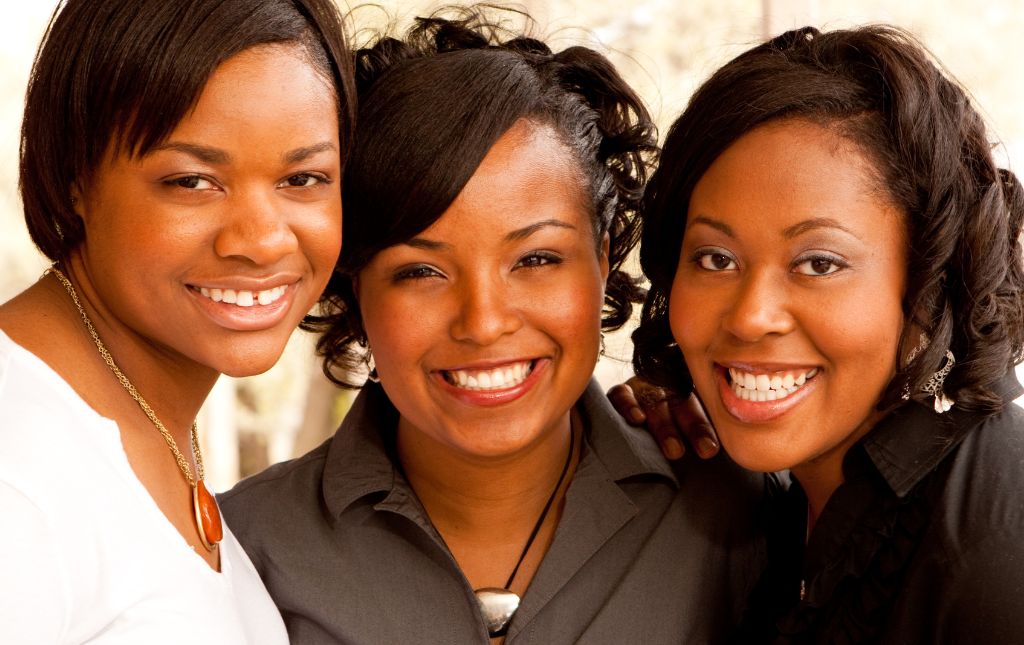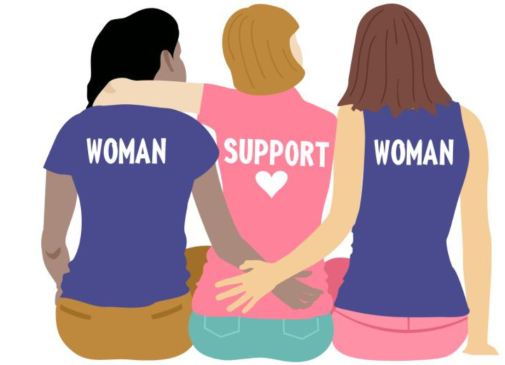
Fibroids are surprisingly common, affecting up to 80% of women at some point in their lives. While some women experience no symptoms, others may face challenges managing fibroid-related symptoms. The risk of developing fibroids increases with age, with the highest prevalence occurring in women in their 40s and early 50s. Here’s a breakdown:
- Up to 80 percent of women will develop fibroids by age 50.
- Women over 50 have a 20-80 percent increased risk compared to younger women.
Why Do Women Get Fibroids?
Fibroids, noncancerous growths in the uterus, are surprisingly common. While many women experience no symptoms, others may face challenges managing them. But what causes these growths?
Several factors are believed to play a role, although the exact cause has not yet been identified:
- Hormones: Estrogen and progesterone, key players in the menstrual cycle, might influence fibroid growth.
- Genetics: Having a family history increases your risk.
- Race: African American women are more likely to develop fibroids.
- Other factors: Obesity, vitamin D deficiency, and early menstruation may also contribute.
- Age plays a role, too: While fibroids can occur at any age, they are most common in women in their 40s and early 50s.
It’s important to note:
- Many women with fibroids have no symptoms.
- If you experience symptoms like heavy bleeding or pelvic pain, consult your doctor.
A Spectrum of Fibroid Experiences
- Nehawa’s Story: Just shy of her 33rd birthday, she got diagnosed with fibroids. Read more about how she had a miscarriage and her fibroids went haywire.
- Rebecca Stewart’s Story: Only 22, Rebecca only learned she had fibroids during an emergency. Read more about her three ER visits and how UFE saved her life.
Q& A: Common Questions About Fibroids
Fibroid Fighters wants to empower women with information about symptoms and treatment options. Below are questions we are most often asked by women.
How Many and How Big Can Fibroid Be?
The average size of fibroids ranges from one to ten centimeters. Small fibroids are one to five centimeters in size, medium fibroids are five to ten centimeters in size, and large fibroids are ten centimeters or larger in size.
Number: The number of fibroids a woman can have varies significantly. Some women have just one, while others may have multiple.
Size: Fibroids can range in size from a pea (barely noticeable) to a grapefruit (potentially causing significant pressure and discomfort).
“The reason I want to talk about the different sizes of fibroids,” says TV personality Shay Johnson, ”is because everyone has a different story about fibroids, the size of their fibroids, and how many they have. I wanted to give you an example of the sizes of my fibroids,”
Is It Possible to Get Pregnant With Fibroids?

While it is possible to conceive even if you have fibroids, there are some important points to consider:
- Location matters: Fibroids outside the uterus generally don’t affect pregnancy. However, fibroids near the fallopian tubes could potentially block the passage of the fertilized egg.
- Modern medicine: While fibroids can impact fertility in some cases, advancements haven’t necessarily made pregnancy easier for all women with fibroids. Uterine fibroid embolization is a treatment option that may help improve fertility.
- Pregnancy with fibroids: If you’re pregnant with fibroids, your doctor will likely monitor you closely as there’s a chance they may grow during pregnancy or affect your delivery options.
- Symptoms and complications: Seek medical attention for symptoms like lower back pain, heavy bleeding, frequent urination, constipation, or bloating that doesn’t go away. These symptoms may indicate large fibroids that could alter your uterine shape and increase miscarriage risk.
Are Fibroids Common in Women Over 50?
Up to 80% of women will develop fibroids by age 50, though not all will experience symptoms.
Risks and Symptoms:
- Age: Fibroids are most prevalent in women between 40 and 50.
- Symptoms: While some women have no symptoms, others may experience heavy bleeding, pelvic pain, or pressure.
Impact of Menopause:
- Estrogen: Fibroid growth is fueled by estrogen.
- Reduced Risk: After menopause, when estrogen levels drop significantly, fibroids often shrink, and symptoms lessen.
Treatment Options
Several treatment options exist for managing fibroids, including medication, minimally invasive procedures, and surgery. Uterine fibroid embolization (UFE) is minimally-invasive option,you should discuss with your doctor to determine the best approach for your individual needs.
What Are Common Fibroid Symptoms?
During your menstrual cycle, you experience heavy bleeding.
A period lasting more than a week.
Pelvic pain or pressure.
Constipation.
Back or leg pain.
Frequent urination is caused by pressure on the bladder or difficulty emptying your bladder.
A large fibroid can result in bloating in the stomach.
Menstrual bleeding and pelvic pain can lead to anemia and blood transfusions.
What is the Effectiveness of Uterine Fibroid Embolization?
Uterine fibroid embolization is a very effective procedure with an approximate success rate of over 95%. After the procedure, women will experience their uterine fibroids reducing in size and their symptoms improving significantly.
When Should a Fibroid Specialist be Contacted?
If you experience any of the following symptoms, you should make an appointment to diagnose and discuss treatment options:
- Pain in the pelvis that won’t go away
- Painful, heavy, or prolonged periods
- Bleeding or spotting between periods
- Inability to empty your bladder
- Anemia without explanation
It is important to note that there is no one-size-fits-all treatment for uterine fibroids. The best treatment for you will depend on your individual circumstances. Be sure to talk to your doctor about all of your options and choose the treatment that is right for you.
Stay informed about the latest fibroid news, sign up for the Fibroid Fighter newsletter.







